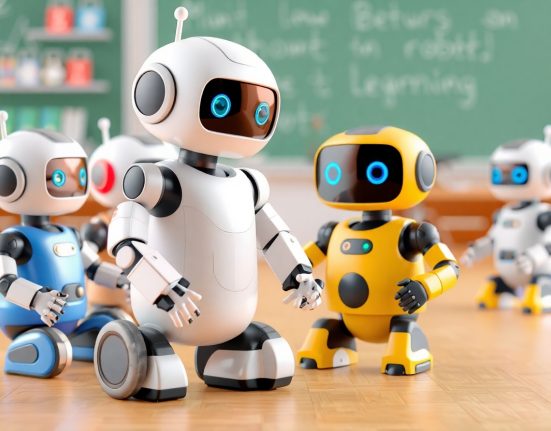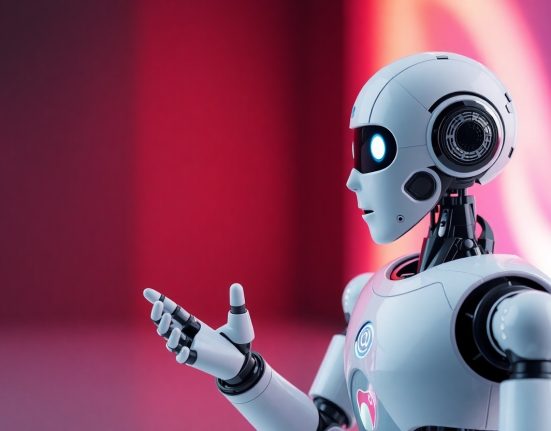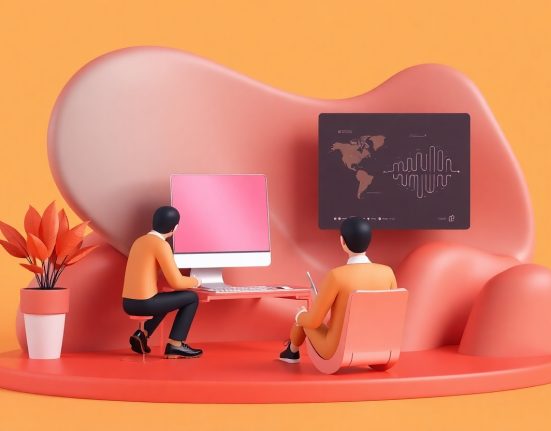When I imagine myself walking into a classroom in 2030, I see a space that’s so much more than the traditional arrangement of desks and chairs. The smart classroom of the near future will be a dynamic ecosystem where technology doesn’t just complement education, but becomes an integral part of it. Every wall will transform into a massive interactive screen, every desk will contain a built-in touch display, and artificial intelligence systems will recognize each student’s unique needs in real time. This isn’t science fiction – it’s the reality already taking shape in leading research labs around the world.
The most dramatic change will be in how content gets personalized. Instead of one uniform lesson for the entire class, each student will receive a customized learning path based on their learning pace, preferred learning style, and areas of interest. Advanced AI systems will track every student’s progress, identify strengths and weaknesses, and adjust content accordingly. A student struggling with math will receive additional exercises at a slower pace with visual explanations, while a gifted student will get more complex challenges to prevent boredom. The teacher will become like a conductor of complex learning processes, rather than being the sole source of information.
The social dimension of learning will undergo a fundamental transformation. Classrooms in 2030 will be connected to other classrooms worldwide, enabling real-time international collaborations. Students from Tokyo, New York, and London will be able to work together on science projects, hold cultural discussions, or present their creations to each other. Real-time translation technologies will help overcome language barriers, and augmented reality will allow students to experience rich virtual environments together. The local classroom will become part of a global community of learners, exposing students to diverse perspectives and broadening their horizons.
Assessment and measurement of student achievements will become much more continuous and varied. Instead of occasional standardized tests, the system will track student progress continuously through their daily activities. Every digital action, every question asked, every exercise solved will contribute to the complete picture of a student’s abilities. This will allow teachers to understand not just what the student knows, but how they think, how they solve problems, and how they handle challenges. Assessment will become a tool for improving the learning process, not just a measure of achievement.
The physical environment of the classroom will be flexible and constantly changing. Moving walls will allow space sizes to be modified according to needs, modular furniture will adapt itself to different activities, and smart lighting and sound systems will adjust the atmosphere according to the type of activity. Small group learning will require one arrangement, a lecture to the entire class will need another setup, and creative activity will demand a third environment. All of this will change at the touch of a button or even with a voice command.
Teachers themselves will undergo a process of continuous professional development and advanced technological support. Artificial intelligence will help them plan lessons, prepare customized learning materials, and analyze student progress. The teacher won’t lose their importance – quite the opposite. They’ll become designers of complex and meaningful learning experiences, personal mentors to each student, and developers of social and emotional skills that no technology can replace.
The challenges facing this revolution will be significant. Questions of privacy and data security will be at the heart of public discourse, because systems that track every student action create sensitive information that needs protection. Digital gaps could widen if we don’t ensure that all students have equal access to advanced technologies. And there’s also the danger that we might lose the basic human connection between teacher and student, and between student and student, if we rely too heavily on machines.
Ultimately, the smart classroom of 2030 will be the place where the most advanced technology serves the oldest and most basic purpose – helping young people learn, grow, and develop their potential. It won’t be a world of robots replacing teachers, but a world where teachers and students receive more powerful tools than ever to create engaging, meaningful, and effective learning experiences. This future is already here – it’s just waiting for us to build it wisely and responsibly.














